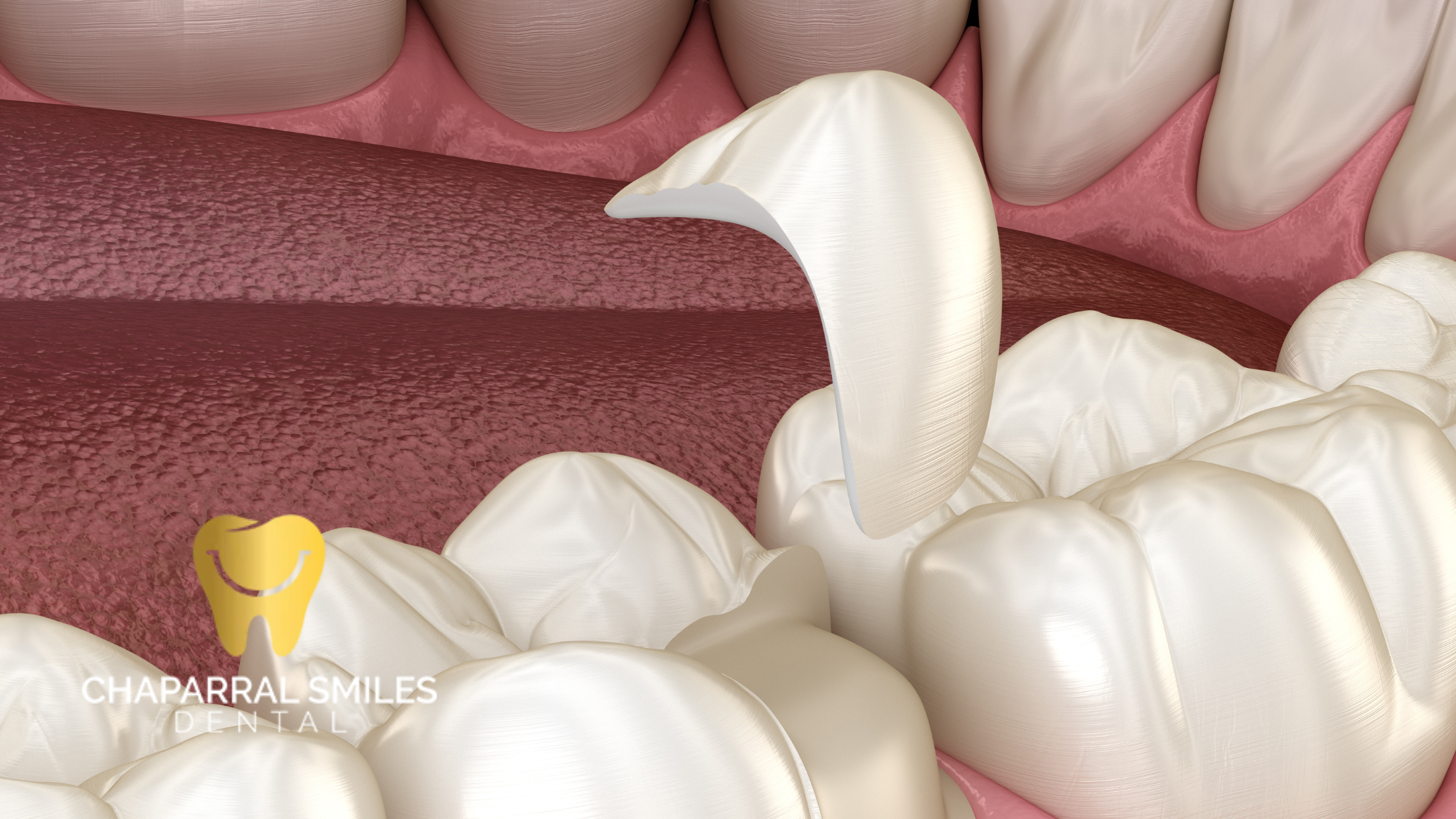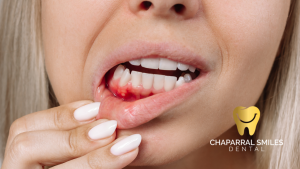If you’ve been told you need a dental restoration, you might be worrying about your options. Inlays and onlays are two choices that can help restore a damaged tooth without requiring a full crown.
But how do you know if inlays or onlays are right for you? We will explain what inlays and onlays are, how they differ from other dental restorations, and when they might be the best solution for your dental health.
What Are Inlays and Onlays?
Inlays and onlays are dental restorations used to repair damaged or decayed teeth. They are often called a “middle ground” between fillings and crowns.
These restorations are custom-made in a dental lab to fit perfectly into your tooth, providing a durable and natural-looking solution.
- Inlays: Inlays repair damage confined to the biting surface of your tooth, specifically between the cusps (the raised parts of the tooth).
- Onlays: Onlays are larger than inlays. They cover the biting surface and extend over the cusps of the tooth. Onlays are sometimes called “partial crowns” because they cover more of the tooth than inlays but less than a full crown.
When Are Inlays and Onlays Used?
Inlays and onlays are often used when a regular filling isn’t enough to repair the damage, but the tooth doesn’t need a full crown. Here are some scenarios where your dentist might recommend inlays or onlays:
- Moderate Tooth Decay: If the decay is too large for a simple filling but doesn’t require a crown, an inlay or onlay might be the best solution.
- Cracked or Fractured Teeth: If a tooth has been cracked or fractured but still has a strong foundation, an onlay can help restore its structure.
- Large Fillings Replacement: If you have a large, worn-out filling, replacing it with an inlay or onlay can provide a stronger, longer-lasting solution.
Benefits of Inlays and Onlays
There are several advantages to choosing inlays or onlays over other types of restorations:
- Durability: Inlays and onlays are made from strong materials like porcelain or composite resin, making them more durable than traditional fillings. With proper care, they can last for many years.
- Natural Appearance: These restorations are custom-made to match the color of your natural teeth, making them virtually invisible.
- Preservation of Tooth Structure: Inlays and onlays allow more of the natural tooth structure to be preserved. This is especially important for maintaining the tooth’s overall strength.
- Improved Fit: Because inlays and onlays are custom-made, they fit your tooth more precisely compared to traditional fillings, reducing the risk of bacteria entering and causing further decay.
Inlays vs. Fillings vs. Crowns: A Quick Comparison
To help you understand when inlays and onlays might be the right choice, here is a quick comparison of different types of restorations:
| Restoration Type | Coverage Area | Best Used For | Pros | Cons |
| Filling | Small | Minor cavities or decay | Quick, less expensive | Less durable, may need replacement sooner |
| Inlay | Moderate | Decay within the biting surface | Strong, natural-looking | More expensive than fillings |
| Onlay | Large | Extensive damage covering cusps | Long-lasting, preserves tooth structure | Requires two visits, higher cost |
| Crown | Full Tooth | Severely damaged or weakened teeth | Full coverage, very strong | More invasive, removes more tooth structure |
The Inlay and Onlay Process: What to Expect
Getting an inlay or onlay usually involves two visits to the dentist:
- First Visit: During the first visit, your dentist will remove any decay or damage and clean the tooth. They will then take an impression of the tooth, which will be sent to a dental lab where the inlay or onlay is custom-made. A temporary filling may be placed to protect your tooth in the meantime.
- Second Visit: Once the inlay or onlay is ready, you will return to the dentist to have it placed. Your dentist will check the fit, make any adjustments needed, and bond the inlay or onlay to your tooth using a strong dental adhesive.
Are Inlays and Onlays Right for You?
If you have a damaged or decayed tooth, inlays and onlays might be a great option to restore your smile. They are ideal for people who need more than a filling but want to avoid the more invasive procedure of a full crown.
They provide a natural appearance, last a long time, and help protect your remaining tooth structure.
However, the best way to determine if inlays and onlays are right for you is to visit your dentist for an evaluation. Your dentist can examine your teeth, discuss your options, and help you make the right choice for your dental health.
Interesting Facts and Statistics
- 181 million people living in the U.S. did not visit the dentist in 2010, according to the ADA’s Health Policy Resources Center analysis of MEPS and U.S. Census data.
- A study published in the Journal of the American Dental Association (JADA) found that ceramic inlays and onlays have a high survival rate, making them a reliable choice for dental restoration.
Take Action for a Healthy Smile
If you’re dealing with a damaged or decayed tooth and want a solution that’s both durable and natural-looking, inlays and onlays might be the right choice for you. They offer an excellent balance between strength and preserving your natural tooth structure.
Contact us today to schedule a consultation and learn more about your options for restoring your smile. Our experienced dental team is here to help you choose the best treatment for your needs and ensure you have a healthy, confident smile for years to come.





